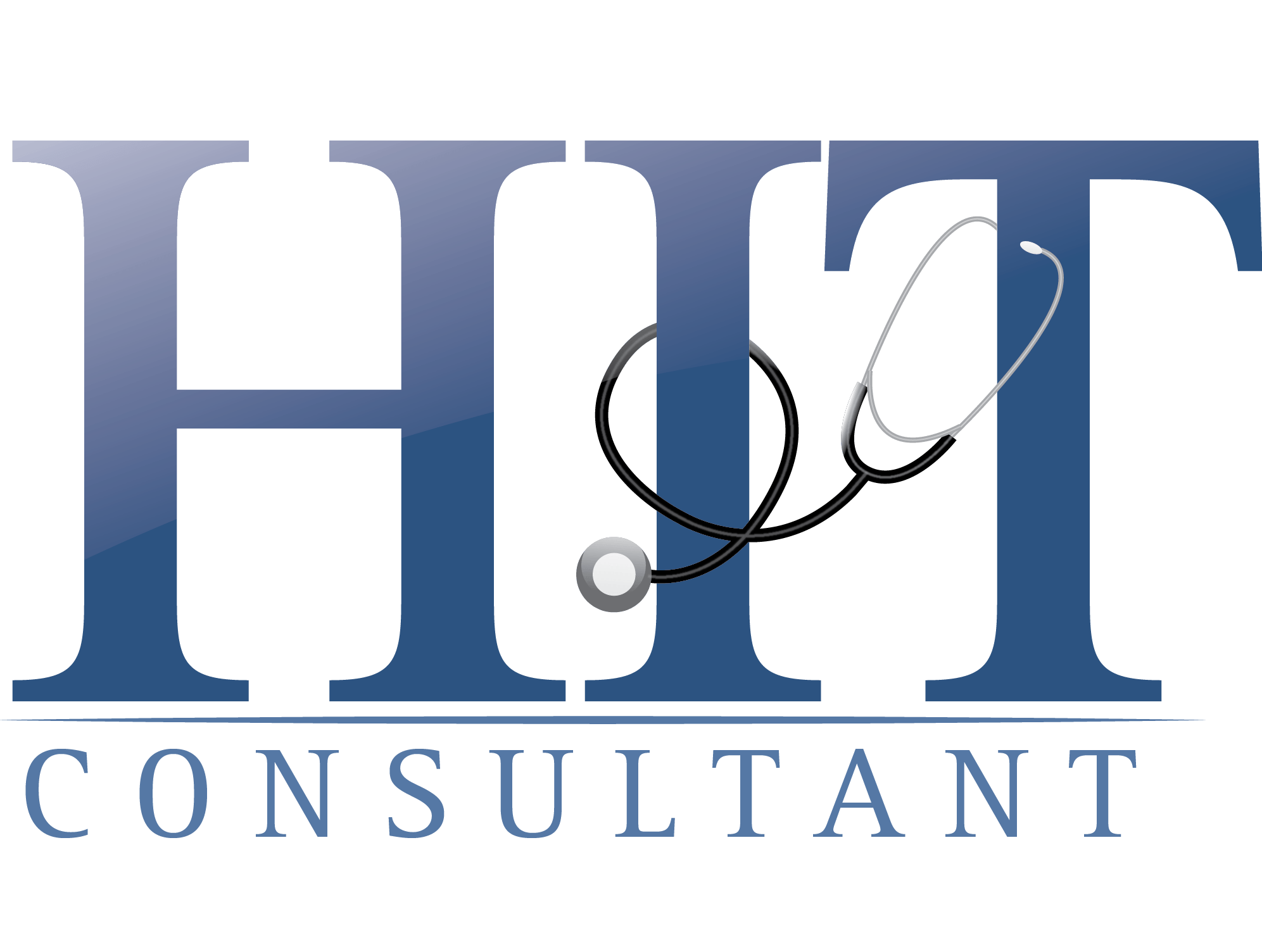
Inefficiencies in patient access and financial clearance processes create delays in the patient’s journey from initial point of contact to date of service, contributing to revenue leakage and lower patient satisfaction. By streamlining the outdated, time-consuming, and cost-intensive processes that are often the root of the problem, healthcare organizations can eliminate those inefficiencies and ensure that patients are financially secure and have timely access to needed care.
A synchronized financial clearance methodology centered around a well-designed and efficiently operated patient access team and modernized processes can ensure efficient operations. Doing so will accelerate the revenue cycle by reducing payment delays and rescheduled appointments, thus improving patient satisfaction. It also aids in greater revenue capture by proactively identifying and resolving patient eligibility and coverage issues before they become denials.
Patient Access Best Practices
Leveraging new technologies and innovative solutions to streamline patient access operations engages people, processes, and technology through collaboration and communication. When combined with established best practices, these technologies help healthcare organizations effectively enhance processes and improve revenue.
The first step is to define a clear patient access strategy, which will ensure processes are aligned with the organization’s goals and objectives. Team members’ roles and responsibilities should be clearly defined along with key performance indicators (KPIs) and metrics to track operational performance, identify trends, patterns, and gaps, and optimize the overall process. KPIs should include:
- Scheduling lag time
- Insurance verification rate
- Prior authorization turnaround time
- Financially cleared at time of service
- Point-of-service (POS) collection rate
- Patient satisfaction scores
Next, invest in technology that supports optimization of patient access operations and contributes to an improved overall patient experience. For example, automating routine tasks such as online insurance verification, prior authorization, and patient liability estimates can lower costs, improve efficiency, and reduce errors. Digital tools like electronic health record (EHR) systems and patient portals can further streamline processes and improve patient satisfaction.
Other patient access optimization best practices include:
- A centralized patient access delivery model to lower costs and create a consistent financial clearance approach to protect net patient revenue and improve overall patient experience through reduction of rescheduled appointments and a consistent experience across care settings
- Standardized patient access procedures across the organization to ensure consistency, increase productivity, and minimize mistakes that result in re-work. Standardized workflows should outline each step of the process and the expectations for each team member involved. Future process changes or optimizations are more easily adopted when the processes and underlying training are already standardized.
- Establishment of a patient-centric culture to improve patient satisfaction and loyalty. Staff should be trained to focus on the patient’s needs and provide a positive experience throughout the process. Patient feedback should be solicited regularly to identify areas for improvement and address any issues promptly.
- Proper staff training and education on the technology and other tools used in the process to improve the performance of patient access operations. Staff should receive ongoing education on changes in regulations and compliance requirements as well as policies related to managed care coverage.
By following these best practices, healthcare organizations can optimize patient access operations, increase revenue, reduce costs and denials, and improve the overall patient experience.
Best Practices in the Real World
An East Coast-based infusion therapy and surgically implanted medication provider was struggling to keep up with a rapidly growing patient census that required additional resources to manage the increased volume.
By partnering with an outsourced services and solution vendor to act as an extension of its revenue cycle management (RCM) team, including patient access operations, the group was able tostreamline patient intake and insurance verification processes and identify and collect additional revenue. Having a partner that offers a flexible service model also means the group can rapidly ramp up resources to manage new projects when they come up.
The relationship has allowed the group to more efficiently handle insurance authorizations, preventing delays in patient care. As a result, they have been able to expand service offerings – increasing patient and billing volume – and payer relationships. All while meeting authorization and monthly close-out goals.
Another demonstration of the impact these best practices can have on patient access operations is the use of an “intelligent authorization tool” by US Radiology Specialists, which operates more than 180 outpatient imaging centers in 14 states. By automating and optimizing prior authorizations, US Radiology realized significant operational efficiencies, reduced denials, and improved overall patient satisfaction.
Specifically, automating prior authorizations doubled daily staff production from an average of 60 to 120 cases per associate while the percentage of exams requiring manual intervention fell to just 5-10% of all scheduled exams. The US Radiology team is also able to work authorizations further in advance from the date of service, improving from an average of 3 days out to 9 days out.
As a result, US Radiology can provide patients with more timely access to care and allow staff to schedule appointments in advance to fill unexpected gaps in schedules – all without requiring an increase in full time staff.
Patient Access Optimized
A carefully designed patient access strategy leveraging a powerful combination of automation tools and proven best practices will enhance efficiencies, streamline workflows, and establish the foundation for optimized patient access operations. This results in a synchronized financial clearance methodology that eliminates many of the front-end errors that create delays and drag down revenues.
About Matt Bridge

